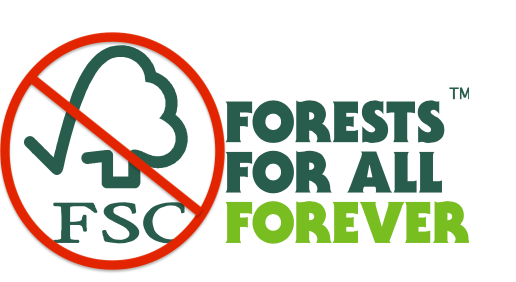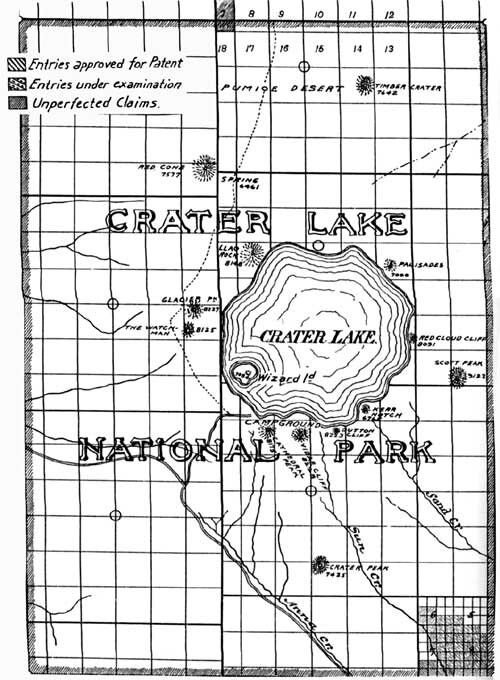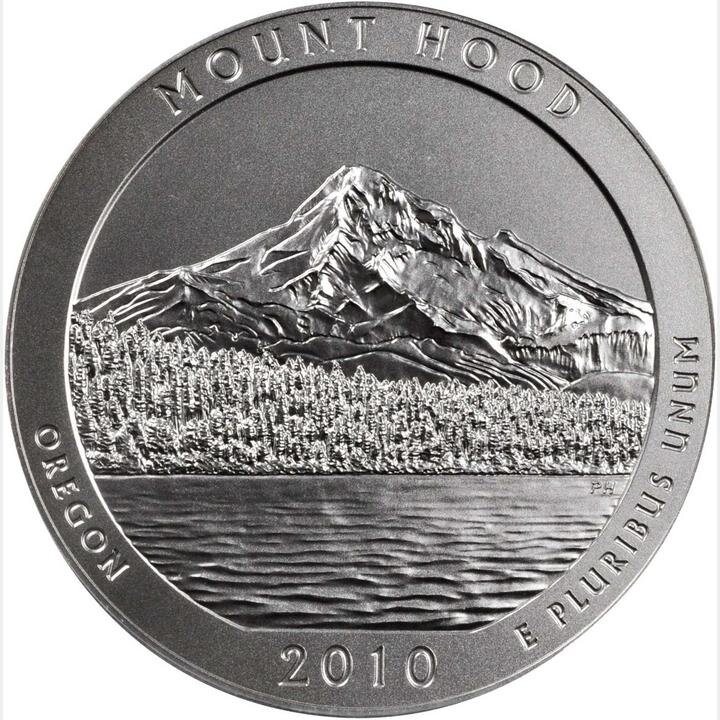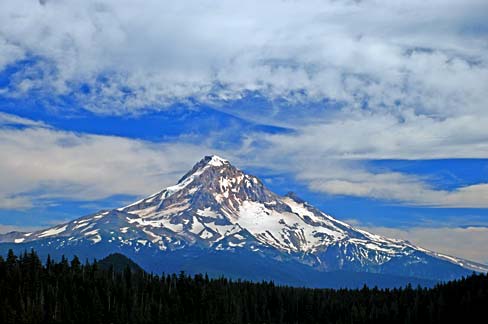Though four presidents expanded Muir Woods National Monument after Theodore Roosevelt set aside the first 295 acres in 1908, the expansion of the monument has not kept up with the expansion of the nearby population. It’s not like there are adjacent stands of majestic old-growth coast redwoods next door just waiting for inclusion in the monument. Naturally, the coast redwood has a very limited range on Earth (about two million acres in a narrow strip from just south of Big Sur to just north of the Oregon-California border, with 95 percent having been clear-cut).
The National Park Service is doing similar rationing in Yosemite and Haleakala National Parks and is considering the same for Zion and Arches National Parks.
There are two overarching reasons to conserve, restore, and increase the acreage of public lands:
· to provide for the adequate functioning of ecosystems and watersheds across the landscape (and seascape) and over time so as to provide the vital goods and services that only nature can provide to this and future generations
· to allow this and future generations adequate opportunities to directly and indirectly engage in recreational (pronounced “re-creational”) pursuits that support and renew the mind, body, and soul
The former—the provision of adequate nature for ecosystem functioning—is extremely difficult but not impossible. The latter—the provision of adequate nature for recreation—is not only extremely difficult but also may be impossible if the human population continues to grow like cancer.
Providing Adequate Nature: Supply and Demand Problems
As to the amount of land and water humans need to conserve and restore in order to provide for nature and her vital goods and services, Harvard biologist E. O. Wilson makes a compelling case in his greatest book, Half-Earth: Our Planet’s Fight for Life. Wilson’s recommendations come through the lens of species requirements. To exist, species need what they need. It’s not negotiable.
Regarding the provision of adequate nature for recreation, it’s not so much a supply problem as a demand problem. Increasingly, there are too many humans seeking to recreate in the same places at the same time. To a degree, more public lands could be reclaimed for recreational purposes, but, hopefully, not at the expense of the first overarching reason. More national recreation areas should be established on public lands (here is a list of some that and could be established in Oregon) and more private lands should be reconverted to public lands upon which to put more recreation areas. However, demand for natural recreation areas outstrips supply both because demand is out of control and because supply is inherently limited.
In general, there are too many people on Earth for our own collective good, and it’s getting worse. Human population continues to further outstrip the long-term carrying capacity of air, water, and land—and even the human requirement for elbow room. Unless this growth is soon stopped and then reversed, all bets are off.
The supply of natural recreation areas is inherently limited by considerations of both proximity and uniqueness. Most humans live in cities, and there is only so much land and water that can be used for human recreation. While I benefit greatly from knowing that the vast Brooks Range in northern Alaska is there, I—and most others—won’t be visiting it. Instead we mostly tend to visit natural recreation areas closer to home. With regard to uniqueness, there is only one Mount Hood near the Portland-Vancouver-Salem, OR-WA CSA and only one Mount Rainier near the Seattle-Tacoma-Olympia, WA CSA. Conjuring up another Cascade peak to satisfy the demand for natural recreation is not possible.
Negotiating Increasingly Crowded Spaces
The Oregon I grew up in and am growing old in used to be a lot less crowded. Over the decades my enjoyment of natural recreation areas has been a negotiation, mainly in the form of strategic retreat and lowered expectations. For example, in my youth, one could reasonably expect a hot spring in the western Cascades, and certainly in Oregon’s Sagebrush Sea, to be uncrowded. Today, a visit to a forested hot spring near the Willamette Valley will be an overcrowded experience.
To get the solitude that to me and many others is a vital part of natural recreation, I started shifting my recreation in both time and space. For a while, if I went to hot springs during the week, and then late at night (or even better, early in the morning), and then finally in the dead of winter during heavy rains or snow, I could obtain the requisite solitude. There were also hot springs that were an eight- to ten-hour drive from the Willamette Valley, accessible by relatively poor roads, where I could find solitude. That worked for a while, but the crowds from LaBendmondville (aka the Bend-Pineville CSA)—which is nothing more or less than the present easternmost demographic extent of the Willamette Valley—discovered not only those hot springs but also those lava caves, fault-block ranges, post-Pleistocene lakes and other recreational attractants of Oregon’s Sagebrush Sea.




















